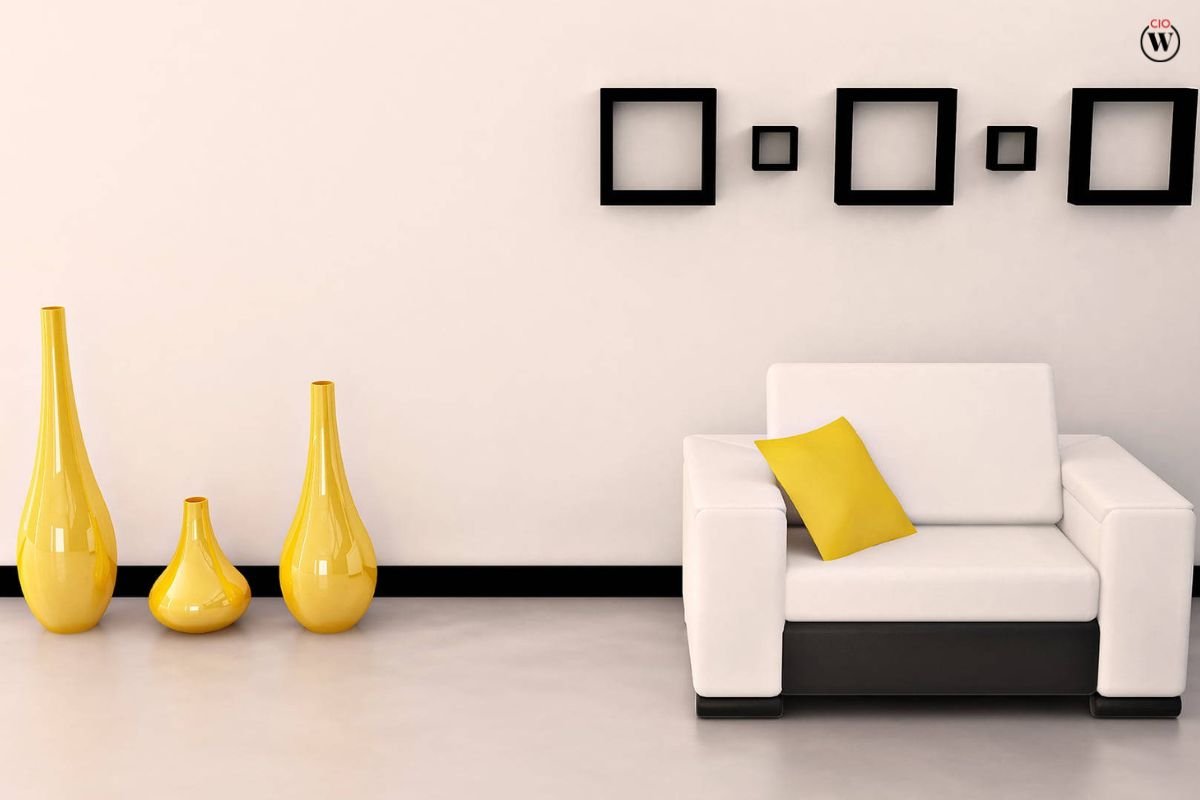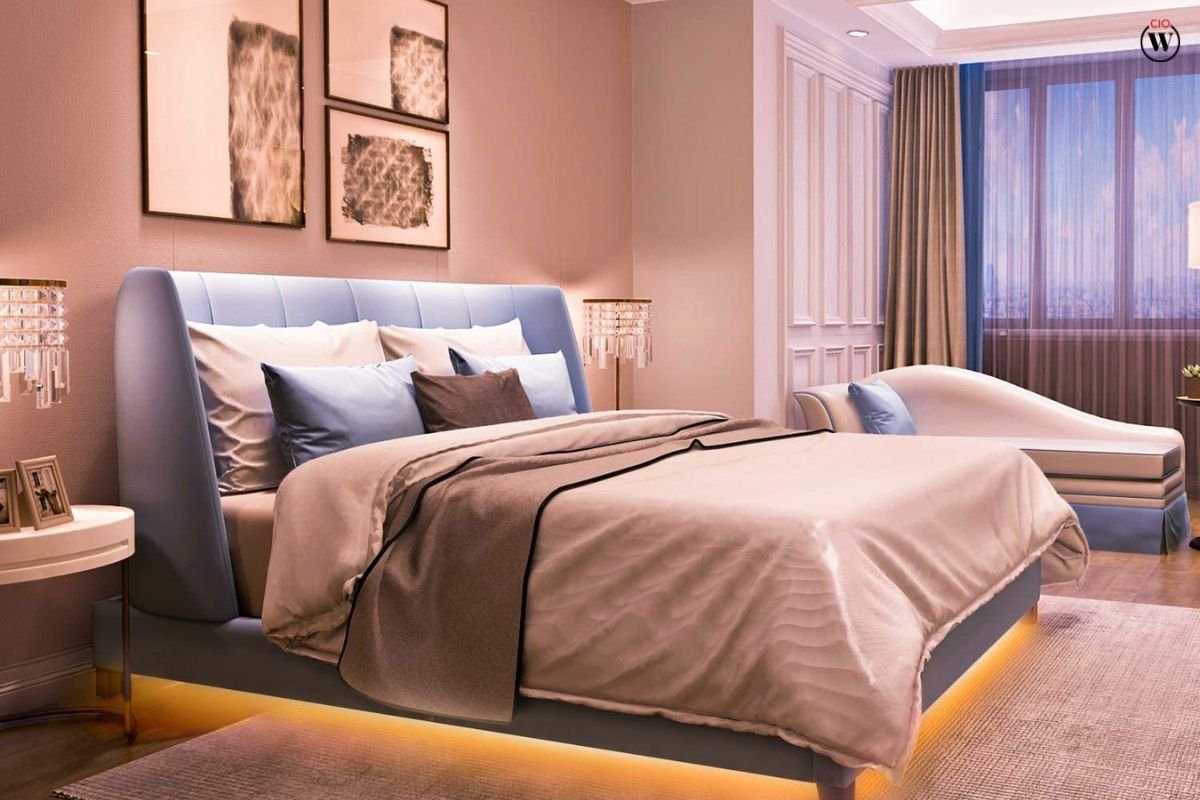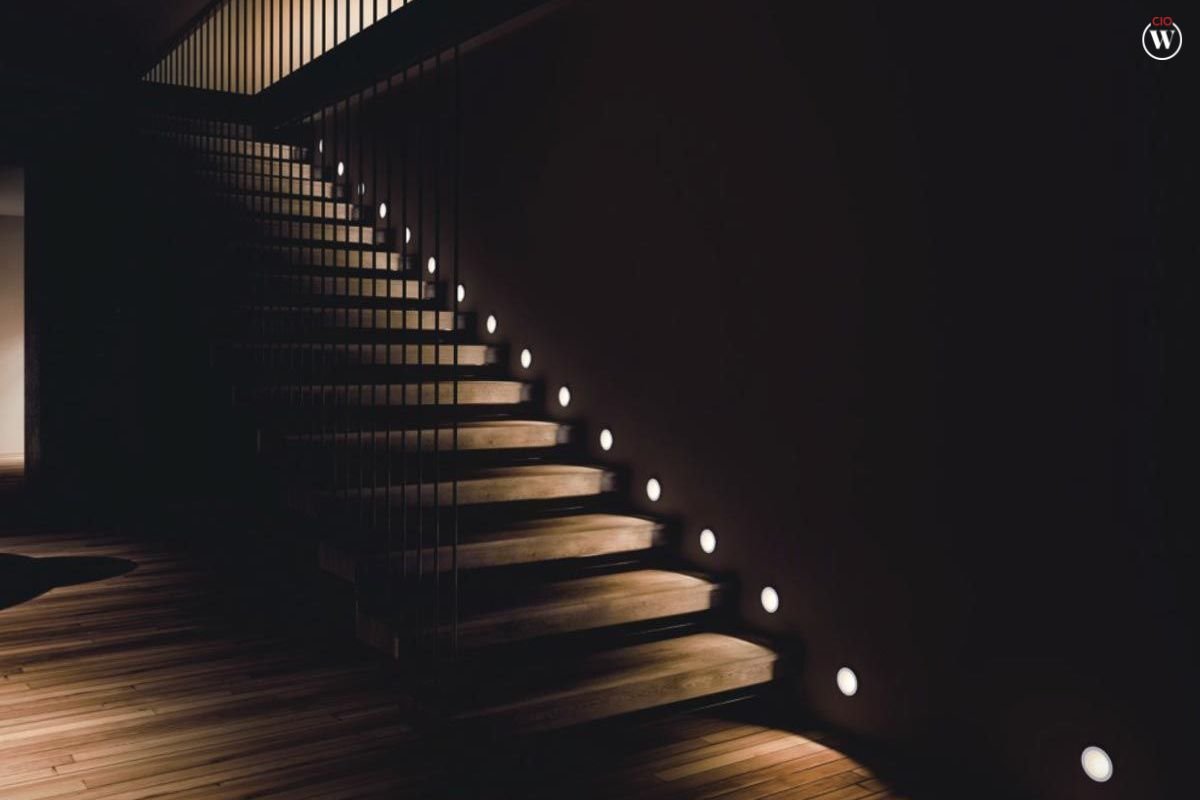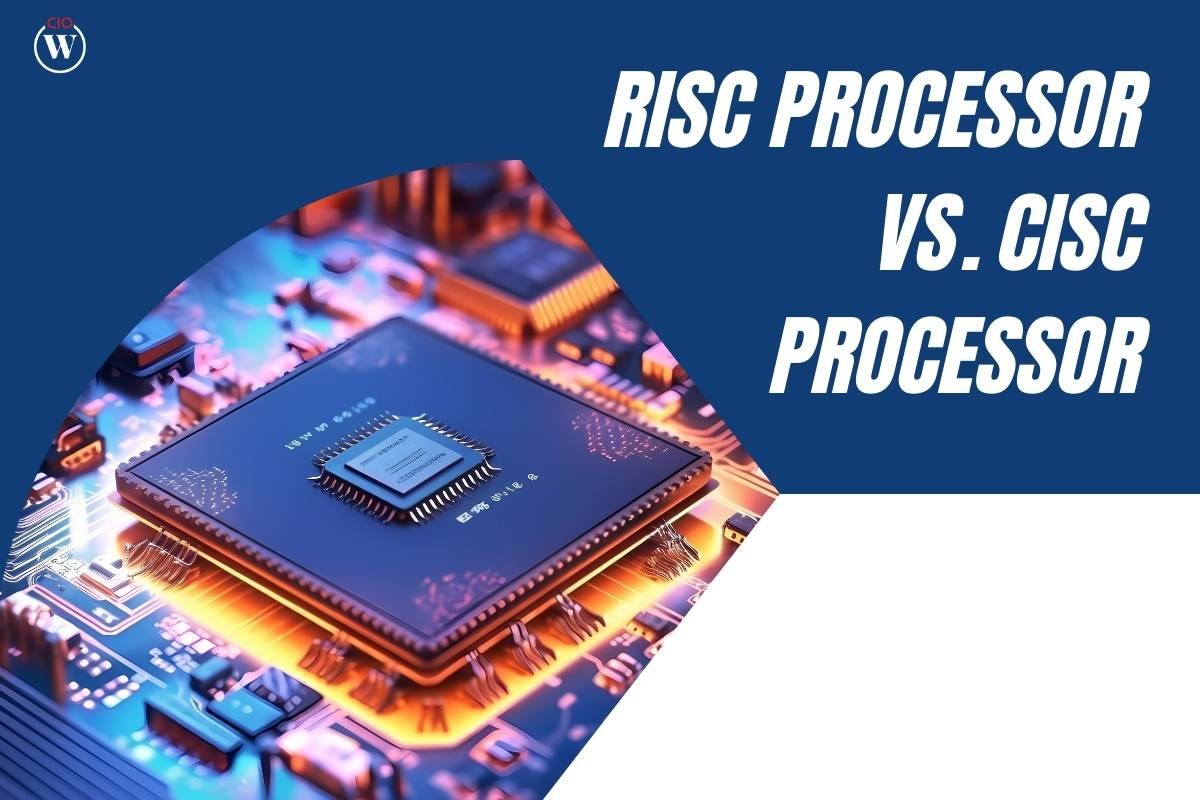Hospitality Lighting Design when it comes to the interior design of hotels, pubs, or restaurants, experience is essential. Lighting is an essential component that plays a role in sculpting the environment and adding to the overall quality of the experience. A well-thought-out lighting scheme guarantees that space and all of its architectural features get the meticulous attention they need while also contributing to creating an integrated whole. Learn about the considerations that should go into selecting the appropriate lighting for establishments such as hotels and restaurants.
Here are 6 Important Considerations in Hospitality Lighting Design;
1. Aesthetic
It is common practice to consider the selection of lighting as a finishing touch; yet, in reality, it is the foundation of effective architectural design. Hospitality Lighting Design having the appropriate lighting can make or break a site, you should consider it even while you are still in the process of constructing your architectural plan.

Consider how tables are arranged at a restaurant as an example. Careful consideration must be given to the positioning of all of the lighting to ensure that an equal distribution of light is provided to every table to achieve the desired effect of providing each table with the ideal backlight.
2. using light as a means of navigation
It is crucial to provide guests in a hotel or restaurant with a comprehensive orientation as soon as they enter the establishment, so they know where to go and where to look for specific items. It is crucial to position the reception area in a central location inside a hotel so that guests can get assistance promptly Hospitality Lighting Design. You may select which aspects of the region you wish to highlight or accentuate by working with focus points and changing the brightness in different sections of the area. Your visitors will get a navigational indicator that is both obvious and unobtrusive if you do this.
3. use the many layers available
Your lighting is composed of many layers, each of which serves a distinct purpose in the space that they illuminate. For instance, one kind of contribution helps with the overall visual and aesthetic quality. while an extra kind of illumination is required to provide more light for practical purposes. The term “natural light” refers to the earliest and primary source of illumination. Hospitality Lighting Design kind of light establishes the baseline for the other layers and sets the overall light intensity in your location and surroundings.

In addition to that, we also have illumination that is oriented toward the work at hand. This practical kind of lighting is installed in inhabited areas where it is just essential to provide more illumination, such as reception areas, kitchens, cash registers, and so on…
Then there is accent lighting, which focuses additional attention on certain features or components of your home design. Lights behind your bar might range from lighting on the walls that face upward to lighting behind your bar. The list is finished off with some lights for ornamental purposes. It lends an air of warmth and familiarity to the establishment, whether it is a hotel or a restaurant. Accent lighting is more about having a distinct personality than it is about serving a useful purpose here. To bring out the full potential of the area, all of these different kinds of light should be used harmoniously in Hospitality Lighting Design.
4. comfort is key
When deciding on the lighting for your business, you should always keep the comfort of your consumers in mind. It doesn’t matter how creative a restaurant or bar’s idea is if consumers can’t read the menu or see what they’re ordering if they can’t see what they’re ordering. It is ideal to prevent reflections from occurring by positioning the lighting such that it is not inside the visitors’ natural line of sight Hospitality Lighting Design. It is important to exercise extreme caution when positioning reflective things like mirrors or smooth surfaces; this will ensure that your clients do not encounter any unanticipated difficulties.
5. adaptability in any conceivable circumstance
To adapt their decor to the changing of the seasons, hotels and restaurants are always adding new features to their spaces throughout the year. People choose to decorate their homes with Christmas decorations throughout the winter months, however during the springtime, flowers are more popular.
There are a variety of lighting configurations that are required for the various interior changes. When selecting the sort of lighting you want, it is essential to choose a solution that is both flexible and changeable in Hospitality Lighting Design. This will allow you to simply modify the light intensity as well as, depending on the circumstances, maybe the direction or location of the lighting.
6. Safety
How black does the room go when there is no light? How difficult is it to locate the switches that control the lights when it’s dark? Moving through the area when it is dark may result in accidents and, as a result, legal action being taken. Many businesses and organizations have it set up such that no one may enter a completely black space in Hospitality Lighting Design.

They will either have motion detectors that turn the lights on just before someone enters the room or pilot lights that are constantly on, allowing just enough light to navigate and reach the switch. You also have the option of positioning one of the light switches on the outside of the door, allowing individuals to manually activate the light as they enter the room.









